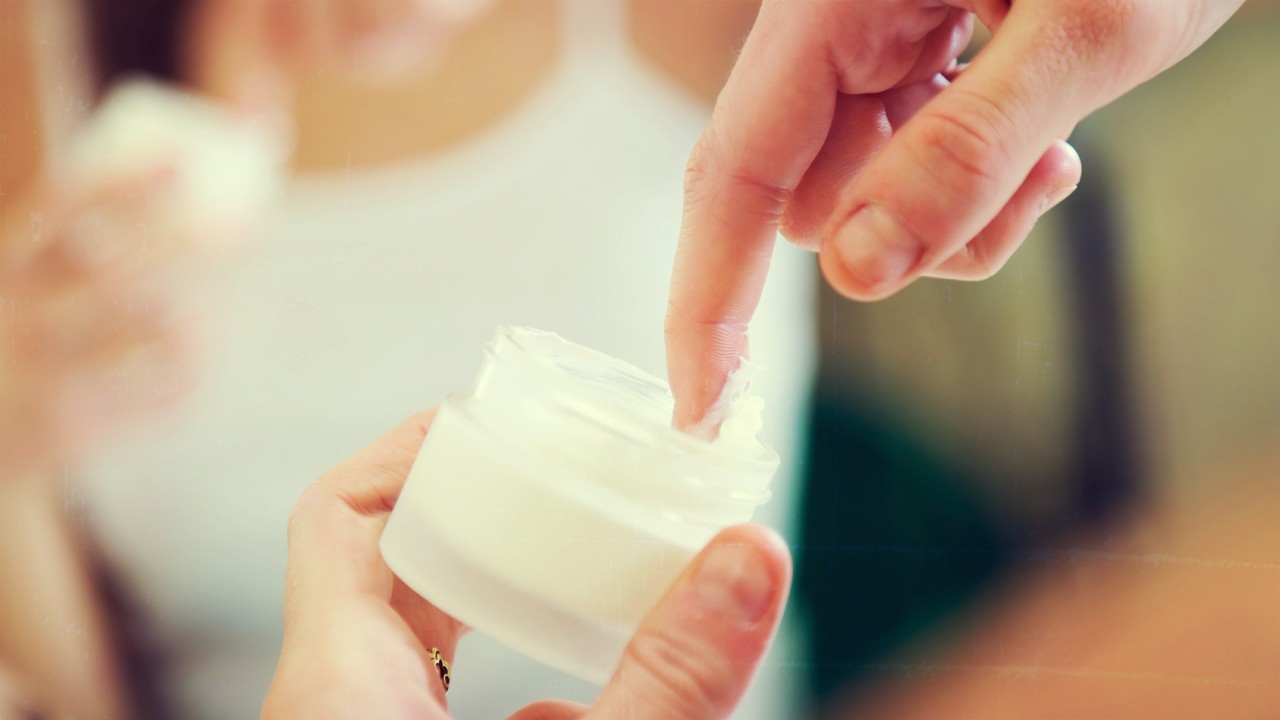When I comment about branding in and around the medical field these days, I’m most often on some kind of rant about a brand or product name that’s simply over the top.
After all, I write about healthcare frequently, and in that world certain things just have to take precedence. Like safety. And efficacy. These are two things we trust our care givers to know about when we’re considering a treatment. In most cases, we don’t care that the procedure or product we choose has a cute name.
But there is one rejuvenation option that could use a little help from a marketing expert, and that’s the realm of chemical peels. True, the substance that’s applied to the face is a chemical solution. And yes, your skin does peel. But who looks forward to a procedure called a “chemical peel?” Even Obagi, the company some consider to be the gold standard in skin care, has only taken a baby step in naming their product, calling it a Blue Peel. Not much better. So your skin is essentially burned, you’re going to peel, and in the meantime you look like a Smurf. Step right up.
If you’re so turned off by the term “chemical peel” that you’ve avoided learning more, let me tell you that these procedures can do wonders for your aging skin. Let’s talk about how this happens.
Ever heard that as skin ages it looks dull, dry and lifeless? That’s because the skin renewal process that causes old cells from the surface to slough off slows down as we age and old cells hang around longer and longer.
Ever heard young skin described as luminous, supple and fresh? That’s due to the new cells appearing constantly on the face of your daughter, your granddaughter or your niece—cells that are buried under your older skin.
Chemical peels freshen your appearance by stripping off a few layers of those tired old cells. There are three basic types of chemical peels characterized by how many layers of skin they penetrate—light, medium and deep.
The lightest, or superficial, peels are usually safe for everyone. The active ingredient is an acid and a variety of types are available. Most people can go right back to their day after this kind of peel, experiencing light pinkness, if any, and light skin flaking within several days. Due to the relative mild action of light peels, many people repeat them often.
Medium peels are usually based on trichloroacetic acid, a stronger ingredient. They act on deeper layers and actually burn the skin, causing mild to medium discomfort during the process. Most people tolerate a medium peel well, however. (The aforementioned Obagi Blue Peel is a medium chemical peel.) After treatment, skin is pink to reddish (with a blue tinge, perhaps!) and most people choose to take a few days off work for healing. Within several days, the outer layers of skin peel and flake.
Deep peels, utilizing a chemical called phenol, penetrate many layers of skin. They need to be applied along with some form of anesthesia to ease the discomfort and burning sensation, and they require dressing for a few days immediately after treatment. Given the depth of penetration of a phenol peel, it can only be used once. Women with darker skin are not good candidates as the chemical can have a bleaching effect.
Along with giving you fresh, glowing skin, a chemical peel can help soften superficial wrinkles, smooth out skin tone and even help eliminate precancerous spots and lesions. The deeper the peel, the greater the effect.
In case you’ve guessed, I have a marketing and branding background, and yes, I’ve had a chemical peel also. I suppose that’s why it struck me that the term for the procedure is anything but appealing and that someone should do something about it.
On second thought, though, given the tendency of those in the aesthetic and elective medical fields to go overboard with branding, whoever steps up to market chemical peels more aggressively is bound to come up with something that includes a word like “miracle.” Ok, well, never mind then!






Add a CommentComments
There are no comments yet. Be the first one and get the conversation started!